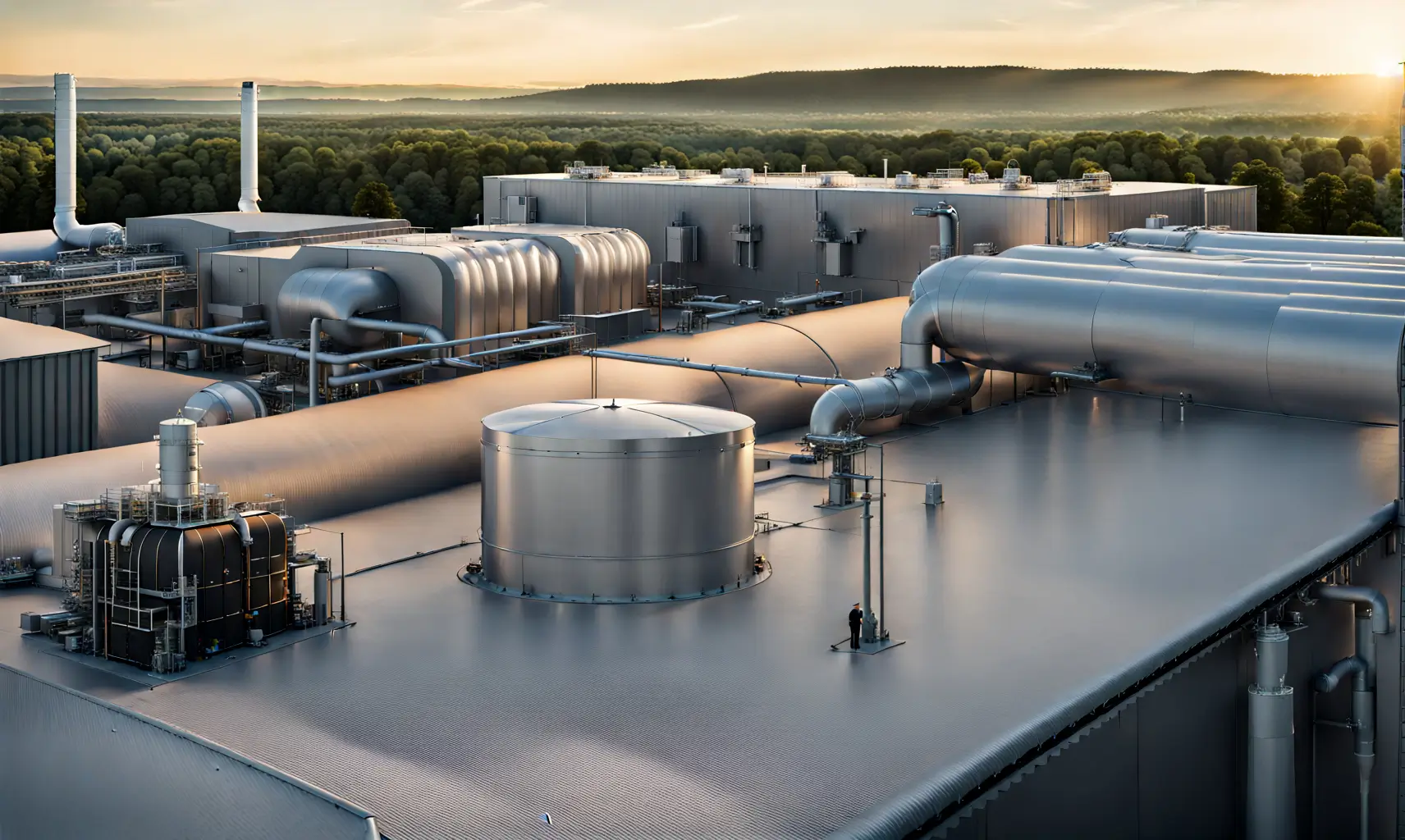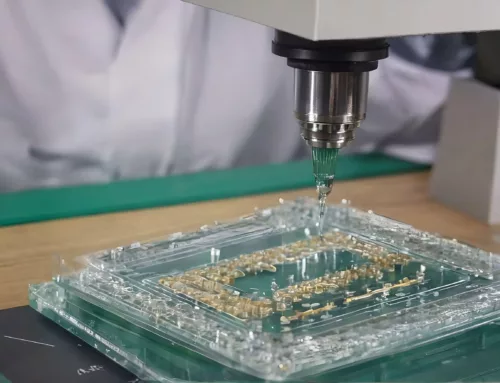The story of Direct Air Capture Technology (DAC) unfolds against the backdrop of the Industrial Revolution, where mankind’s thirst for progress inadvertently birthed the era of carbon emissions and the demons that come with it. The 18th-century industrialization marked a paradigm shift, as the increased combustion of fossil fuels released unforeseen amounts of carbon dioxide into the atmosphere. It wasn’t until the mid-20th century that scientists sounded the alarm and started unraveling the intricate web of possible environmental consequences triggered by this carbon surge.
Historical Perspective on Direct Air Capture technology Looking into history tells us the alleged roots of our current climate crisis through the evolution of carbon dioxide emissions. The mid-19th century gave rise to significant contributions from scientists like Joseph Fourier, John Tyndall, and others. Fourier’s mathematical brilliance laid the groundwork for understanding how certain gases influence the planet’s temperature, proposing the concept that the Earth’s atmosphere acts like a greenhouse, trapping heat and maintaining a temperature hospitable to life. Despite the usual initial skepticism, subsequent scientific advancements have validated Fourier’s insights.
Tyndall, building upon Fourier’s foundational efforts, recognized the heat-trapping properties of certain gases. In the mid-19th century, he introduced the term “greenhouse effect” to describe how these gases, akin to the glass of a greenhouse, trapping and holding infrared radiation, effectively retaining heat. This terminological contribution became mainstream in articulating the complex interplay between Earth’s atmosphere and radiative processes. Further scientific advancements in the mid-20th century quantified the extent of human-induced climate impacts, sparking collective awareness of the urgent need for solutions. Meanwhile, the exponential rise in industrial activities, deforestation, and increasing fossil fuel combustion has set the stage for our assessment of a cascading ecological destabilization on our planet.
A Lexical Shift of Direct Air Capture technology The evolution of terminology from ‘greenhouse effect’ to ‘global warming’ and, eventually, to ‘climate change’ represents a linguistic adaptation to encompass the multifaceted impacts of human activities on the environment. The term ‘greenhouse effect’ initially focused on the heat-trapping properties of certain gases in the Earth’s atmosphere. As scientific observations progressed, ‘global warming’ gained prominence, specifically referring to the increase in Earth’s average surface temperature and melting ice. Now, the broader term ‘climate change’ encapsulates the spectrum of ecological disruptions – from extreme weather events to shifts in ecosystems – caused by anthropogenic influences. ‘Climate change’ acknowledges that the impacts extend far beyond mere temperature changes but encompass alterations in global climate patterns, precipitation, shifts in ecosystems, sea level rise, and the frequency of extreme weather events caused by anthropogenic influences to name just a few. The progression in terminology reflects a refinement in our understanding of the complex interactions within the planet’s climate and overall ecosystems.
Climate Mitigation through Direct Air Capture technology In the pursuit of climate mitigation, a potential solution could be the success of DAC. This process relies on the reversible nature of certain chemical reactions. Upon absorbing CO2, the sorbent material, now laden with calcium carbonate, undergoes a crucial regeneration phase. This step involves exposing the saturated sorbent to elevated temperatures, liberating the captured CO2 and regenerating the material for reuse. The entire DAC cycle, encompassing capture and regeneration, relies on efficient energy management, ensuring both economic viability and environmental sustainability. Calcium oxide, chosen for its abundance and low cost, plays a pivotal role in DAC.
. Its chemical properties enable robust CO2 absorption and release during the regeneration phase. Furthermore, the scalability and adaptability of DAC technologies could make them potentially viable on a large scale, significantly contributing to global efforts aimed at carbon dioxide removal. Delving into the technology behind DAC, the absorption of CO2 by the sorbent material, calcium oxide, involves a chemically nuanced process known as carbonation. The powdered form of calcium oxide is indispensable, providing a vast surface area with numerous active sites for CO2 molecules to interact. This interaction leads to a chemical reaction: calcium oxide reacts with carbon dioxide to form calcium carbonate (CaO + CO2 → CaCO3). This reversible reaction is central in DAC’s success.
The high surface area of powdered calcium oxide maximizes contact points, ensuring a gradual and efficient absorption of CO2. During the absorption phase, calcium carbonate is formed, effectively capturing CO2. In the subsequent regeneration phase, elevated temperatures liberate the captured CO2, reverting calcium carbonate back to calcium oxide. This intricate interplay of chemical reactions, facilitated by powdered calcium oxide, underscores the depth of understanding required for optimizing DAC processes. The specific surface characteristics of the powder and the intricacies of chemical transformations contribute to the overall efficacy of carbon capture, making powder technology a crucial element in advancing DAC for global carbon dioxide removal efforts.
Technical Challenges The implementation of DAC, while holding promise for mitigating CO2 levels, introduces a paradoxical challenge. The energy-intensive nature of the DAC process, especially in the regeneration phase, poses a dual impact on carbon emissions. On one side, DAC is designed to capture CO2 directly from the atmosphere, contributing to climate mitigation efforts. However, the substantial energy requirements for regeneration raise concerns about the potential creation of additional CO2 emissions during this phase.
The intricate balance between the intended carbon removal and the unintended carbon footprint generated by the high energy input highlights a crucial aspect that requires careful consideration and optimization. Addressing this paradox, it is imperative to ensure that the overall impact of DAC on carbon emissions aligns with its intended purpose of contributing to climate change mitigation without inadvertently exacerbating the carbon footprint through energy-intensive processes. Therefore ongoing research and technological advancements are aiming to navigate this delicate balance, to enhance the net carbon removal efficiency of DAC technologies.
Coinciding with the energy challenges, the identification and optimization of sorbent materials adds a layer of complexity. While substances like calcium oxide exhibit favorable properties for CO2 capture, ongoing research is looking into the molecular characteristics of sorbent interactions to enhance their efficiency. The quest for optimal sorbent materials involves a nuanced understanding of chemical kinetics, thermodynamics, and material science, aiming to improve the overall performance of present anno 2023 DAC technologies. Furthermore, the scalability of DAC raises critical questions.
The vast expanse of the atmosphere and the dispersed nature of carbon dioxide necessitate a strategic approach to achieve meaningful global carbon capture. Technical expertise in designing systems capable of efficiently capturing only a fraction of the atmospheric carbon poses a significant challenge. It calls for more advancements in engineering precision, deployment strategies, and system optimization to ensure the possible scalability of DAC technologies without compromising their economic and environmental viability.
Current Operations As of 2023, there are about 18 operational DAC facilities spanning Europe, Canada, and the United States. The current state of DAC technology is examined through an analysis of its CO2 extraction capacity. Operational DAC facilities, averaging an annual capture of approximately 75,000 tons of CO2, raise questions about the previously mentioned scalability. When multiplied by the estimated number of facilities (15-20), the potential DAC contribution ranges from 1 million to 1.5 million tons per year. However, contextualized against the backdrop of global CO2 emissions, projected to reach around 40 billion tons in 2023, DAC’s current impact is notably modest. The comparison reveals that DAC presently captures only 0.0025% to 0.0038% of the total annual CO2 emissions. This stark numerical representation underscores the technology’s nascent stage, emphasizing the need for substantial advancements and widespread implementation to make a significant impact on mitigating global carbon emissions. While DAC could hold promise for future CO2 reduction, its current contribution remains a fraction of the colossal challenge posed by the extensive annual release of CO2 into the atmosphere.
Tomorrows Prospects When the technological challenges associated with Direct Air Capture have been successfully addressed, allowing for the extraction of CO2 directly from the atmosphere and its subsequent permanent storage, DAC could evolve as a central tool in the ongoing climate change mitigation narrative. The evolving landscape of DAC technology paints a dynamic picture, offering a glimpse into a future where this innovation could play an important role in shaping a sustainable consumer, industrial, and planetary ecosystem.
Another perspective In conclusion, having read and thought of the above, an analogy could be drawn to building a road full of nails and continuously addressing flat tires, vividly mirroring the current approach to carbon emissions. Human activities, especially global logistics, and industrial processes, generate carbon dioxide, prompt efforts to mitigate these emissions. However, akin to attempting to fix flat tires without removing the nails, we persist in fundamental practices that perpetuate carbon creation. It’s a cycle of laying down emissions, attempting cleanup, and scattering more emissions—a self-defeating
loop. This analogy underscores the imperative for a holistic paradigm shift that goes beyond conventional methods to break free from the cyclical nature and genuinely address the root causes of carbon emissions. Only through transformative, outside-the-box thinking can we pave the way for a sustainable and carbon-neutral future. The question is how! Perhaps technologies such as carbon-neutral manufacturing, closed-loop production systems, bio-fabrication, biomimicry, and dematerialization could be ideas to ponder about or maybe something completely different that has of yet not been thought of.





